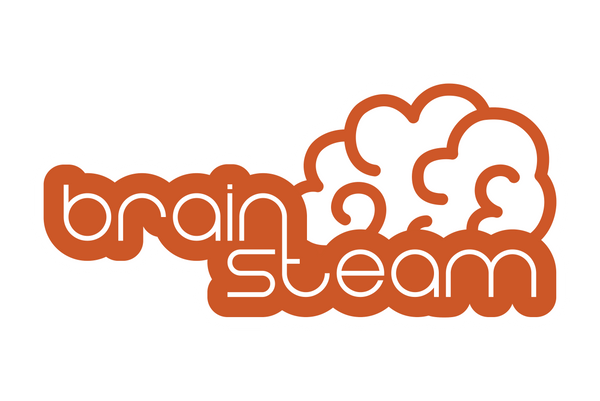Introduction
The modern classroom is evolving rapidly, driven by advancements in technology. One such technology that has gained significant attention in recent years is augmented reality (AR). Augmented reality blends the real world with virtual elements, enhancing the learning experience by providing interactive and immersive content. This blog explores how the integration of augmented reality in the classroom can improve motivation to learn, leading to better learning performance among students.
Authenticity and Interactivity
One of the key benefits of using augmented reality in education is the authenticity it brings to the learning process. Traditional teaching methods often rely on textbooks and lectures, which may fail to engage students fully. AR, on the other hand, supplies authenticity to the content and interaction, bridging the gap between abstract concepts and real-world applications.
With augmented reality, students can visualize complex ideas in a more tangible manner. They can interact with 3D models, explore virtual simulations, and manipulate objects in ways that were previously limited to the imagination. By providing a more hands-on and interactive learning experience, AR fosters deeper understanding and retention of knowledge.
Enhanced Learning Performance
A study titled "A Review of Using Augmented Reality in Education from 2011 to 2016" by Chen, Liu, Cheng, and Huang (2017) provides valuable insights into the effectiveness of augmented reality in educational settings. The study reviewed several research articles published between 2011 and 2016 and highlighted the positive impact of AR on learning outcomes.
Augmented reality has been shown to improve learning performance by creating an immersive environment that actively engages students. By presenting information in a visually appealing and interactive manner, AR helps students develop a more comprehensive understanding of the subject matter. This deeper level of engagement leads to increased knowledge retention, improved critical thinking skills, and enhanced problem-solving abilities.
Motivation to Learn
Motivation plays a crucial role in the learning process. When students are motivated, they are more likely to actively participate, invest effort, and persist in their studies. Augmented reality, with its ability to make learning enjoyable and stimulating, can significantly boost motivation levels among students.
The interactive nature of AR creates a sense of novelty and excitement in the classroom. Students become active participants rather than passive recipients of information. They are motivated to explore, experiment, and discover, as they can see the direct application of their learning in a virtual environment. The gamification elements often incorporated in AR applications further contribute to the motivational aspect, as students can earn points, achieve goals, and compete with their peers.
Moreover, augmented reality allows for personalized learning experiences. Students can progress at their own pace, receiving immediate feedback and adaptive content tailored to their individual needs. This individualized approach empowers students, increases their confidence, and fuels their intrinsic motivation to learn.
Conclusion
As technology continues to reshape the educational landscape, augmented reality stands out as a powerful tool to enhance the learning experience. The integration of AR in the classroom brings authenticity, interactivity, and motivation to learn, ultimately leading to improved learning performance.
By leveraging augmented reality, educators can tap into the innate curiosity and engagement of students, transforming traditional teaching methods into dynamic and immersive experiences. As highlighted by the research conducted by Chen, Liu, Cheng, and Huang (2017), augmented reality has the potential to revolutionize education by bridging the gap between abstract concepts and real-world applications, fostering deeper understanding, and cultivating a lifelong love for learning.
Reference:
Chen, P.; Liu, X.; Cheng, W.H.; Huang, R. A Review of Using Augmented Reality in Education from 2011 to 2016; Springer: New York, NY, USA, 2017.

